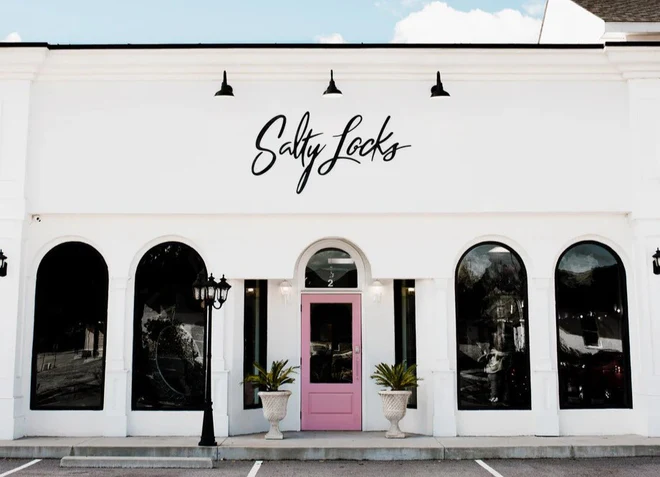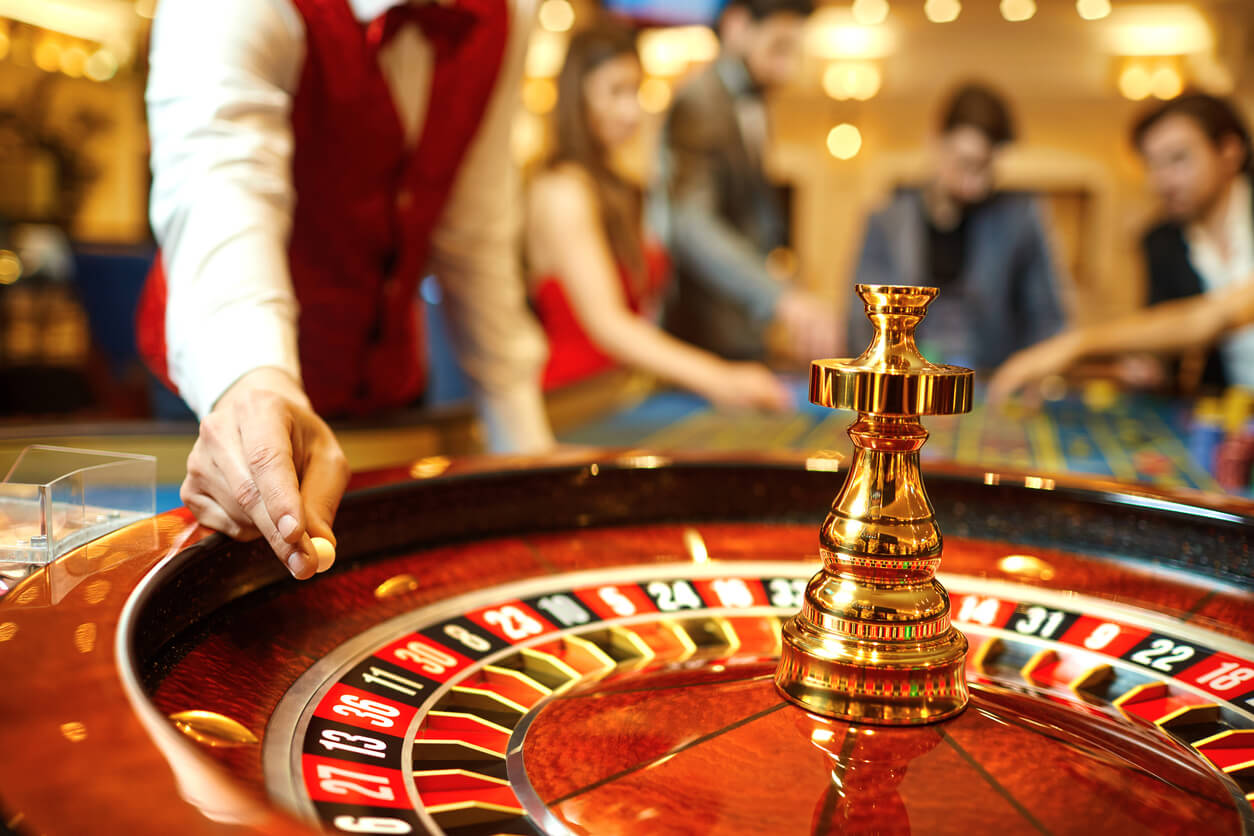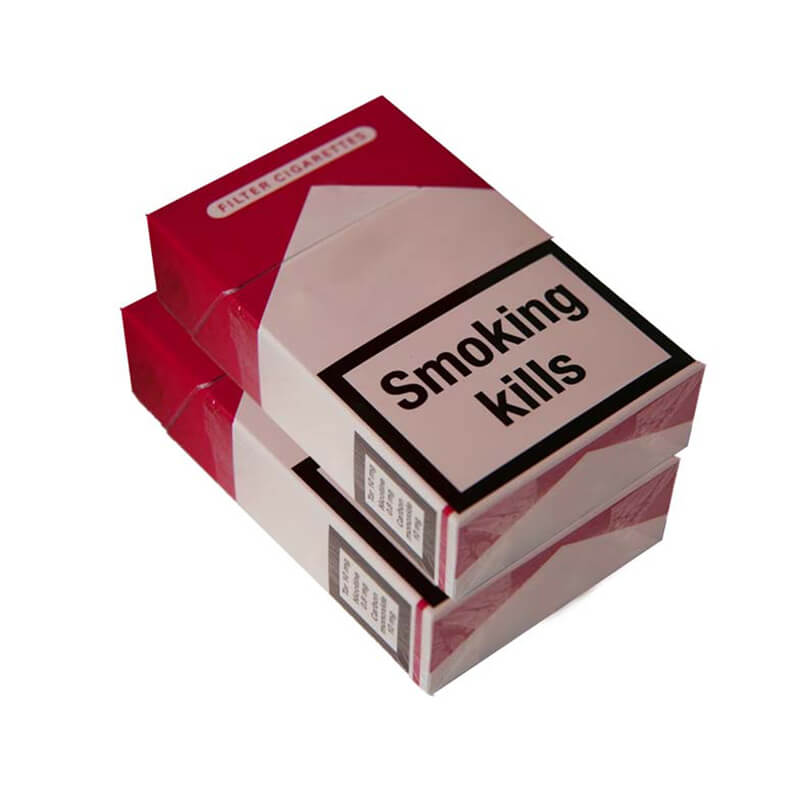Introduction
Rum is a drink deeply entwined with history, adventure, and the spirit of exploration. But behind its association with pirates and tropical islands lies a significant milestone in beverage history – the establishment of the first legal rum distillery. This article explores the story of rum’s rise from illicit production to legality, spotlighting the first legal rum distillery and its impact on the global spirits industry.
The Early Days of Rum
Rum production dates back to the early 17th century when sugarcane was introduced to the Caribbean. As sugar mills produced molasses as a byproduct, enterprising individuals realized that fermenting and distilling it created a potent, flavorful alcoholic beverage – rum. However, in its early years, rum was produced largely by pirates, privateers, and unofficial distillers operating without regulation. Its unpolished reputation and association with lawlessness kept it away from formal commerce.
The Birth of Legal Rum Production
The rum industry changed forever when Mount Gay Rum, established in Barbados in 1703, became the first recorded legal rum distillery in the world. Operating with legal backing, Mount Gay marked the transition from illicit rum production to a legitimate, regulated industry. The distillery capitalized on Barbados’ perfect climate for sugarcane and distilling expertise, producing a rum that set new standards for quality and consistency.
Mount Gay Distillery – The Pioneer
Mount Gay Rum is the pioneer of the legal rum industry. The distillery was founded on the island of Barbados, where conditions were ideal for growing sugarcane, the primary ingredient in rum production. Under the leadership of Sir John Gay Alleyne, the distillery perfected the art of distilling rum. With access to quality resources, a superior climate, and advanced fermentation and distillation techniques, Mount Gay quickly became renowned for producing exceptional rum.
Why Was Legalization Important?
Legalizing rum production allowed distilleries like Mount Gay to operate under regulation, ensuring product consistency, quality control, and ethical business practices. It also helped to distance rum from its associations with crime and piracy, allowing it to gain respectability as a fine spirit in the global market.
The Impact on the Caribbean Economy
Legal rum distilleries, such as Mount Gay, helped to boost the Caribbean economy. The production of rum created jobs for local populations, fostered the growth of sugarcane plantations, and brought global attention to the region. The Caribbean islands became known as premium rum producers, and rum became a symbol of Caribbean culture, hospitality, and craftsmanship.
The Spread of Legal Rum Distilleries Worldwide
Following Mount Gay’s example, other rum distilleries around the Caribbean and the world began to pursue legal production, adopting more advanced techniques. Legalization also led to the creation of numerous rum styles, including spiced rum, dark rum, and white rum, catering to a diverse global audience. By the 18th and 19th centuries, rum had become a global phenomenon, with distilleries opening in countries such as Jamaica, Puerto Rico, and the United States.
Legal Rum’s Influence on Modern Craft Distilleries
The establishment of the first legal rum distillery paved the way for the modern craft spirits movement. Today, hundreds of small-batch rum distilleries operate worldwide, blending traditional methods with innovative flavors. The rise of craft rum is testament to the enduring appeal of this iconic spirit, with distilleries often drawing inspiration from the pioneers who first legalized its production.
Challenges Along the Way
Despite its success, the journey to legitimize rum production was not without challenges. Heavy taxation, government regulations, and competition from illicit distillers initially hindered the growth of legal distilleries. However, as governments recognized the economic benefits of regulated rum production, the industry received more support, allowing it to flourish and grow into a major player in the spirits world.
The Legacy of the First Legal Rum Distillery
Mount Gay’s legacy continues today, with the distillery remaining one of the oldest continuously operating rum producers. It has set the gold standard for quality and authenticity in rum production. The legalization of Mount Gay also contributed to the broader recognition of rum as a premium spirit, one that can compete with whisky, bourbon, and vodka in the global marketplace.
Conclusion
The establishment of the first legal rum distillery, particularly Mount Gay in Barbados, marked a pivotal moment in the history of rum. By bringing legitimacy and professionalism to the craft, this milestone opened the doors for rum to become a global phenomenon, celebrated for its rich flavors and cultural significance. Today, rum enjoys a well-deserved place among the world’s finest spirits, with its legal production heritage firmly rooted in the legacy of pioneers like Mount Gay.








